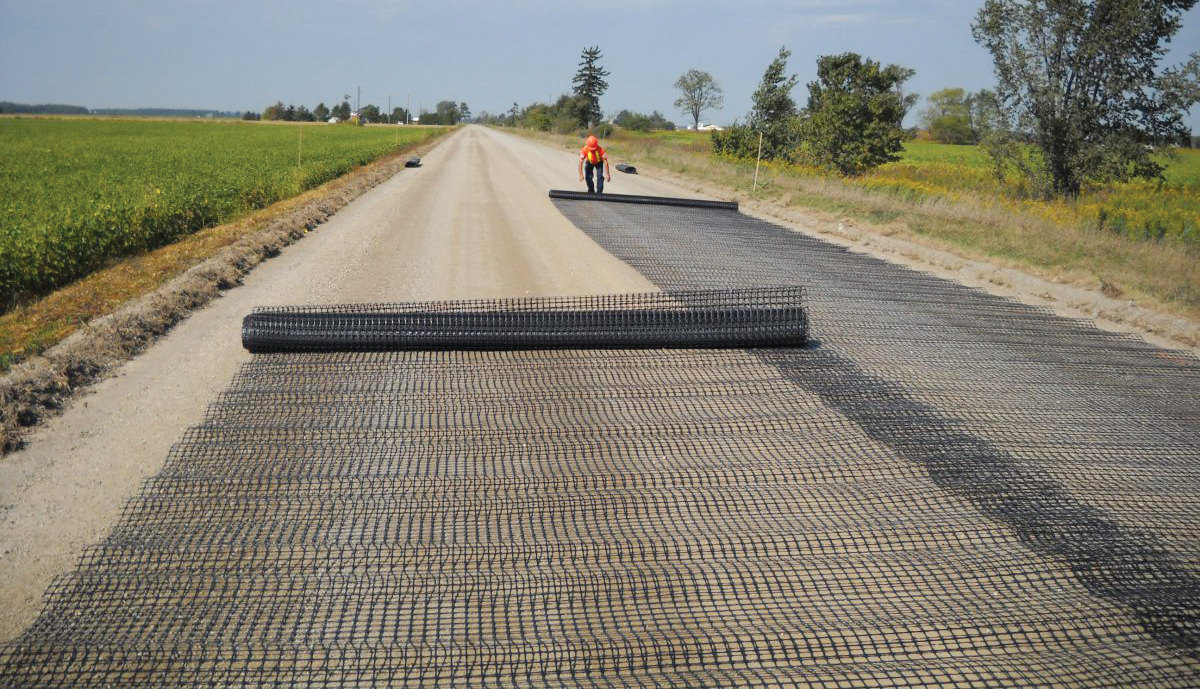Types of Geotextile Fabric

Geotextile fabric comes in a variety of different types, each designed to fulfill a specific function in construction and civil engineering projects. The most common types of geotextile fabric include:
1. Woven Geotextile Fabric: Woven geotextile fabric is made by weaving strands of the fabric together on a loom. This type of geotextile fabric is strong and durable, making it ideal for use as a separator between different layers of soil or as a filter for stormwater runoff.
2. Non-woven Geotextile Fabric: Non-woven geotextile fabric is made by bonding fibers together using heat, pressure, or chemicals. This type of geotextile fabric is flexible and porous, meaning that it can be used to filter water or allow water to flow through it.
3. Knitted Geotextile Fabric: Knitted geotextile fabric is made by interlocking loops of yarn together. This type of geotextile fabric is stronger than non-woven fabric but not as strong as woven fabric. It is often used for drainage applications such as road construction and landscaping.
Applications of Geotextile Fabric
Geotextile fabric is used in a wide range of construction and civil engineering applications. Some of the most common applications include:
1. Soil Stabilization: Geotextile fabric is often used to stabilize soils by preventing erosion and improving drainage. This can help to prevent landslides and other soil failure caused by heavy rain or other environmental factors.
2. Road Construction: Geotextile fabric is commonly used in road construction as a separation layer between the road base and the subgrade. This helps to prevent the mixing of different materials, which can weaken the road's overall structure.
3. Landscaping: Geotextile fabric can be used in landscaping projects to help prevent erosion and promote healthy plant growth. It can be used as a barrier to prevent weeds from growing or as a filter to promote drainage in water features.
4. Foundation Construction: Geotextile fabric can be used in foundation construction to prevent the migration of fine particles from the soil into the foundation. This helps to prevent settling and other foundation failure caused by soil movement.
Conclusion
Geotextile fabric plays a crucial role in many construction and civil engineering projects. It provides a strong and durable barrier that helps to stabilize soil, prevent erosion, and improve drainage. The different types of geotextile fabric available each offer their own unique properties and are designed to fulfill specific functions in different applications. As construction and civil engineering projects continue to evolve, it is likely that geotextile fabric will become an increasingly popular material for use in a wide range of applications.